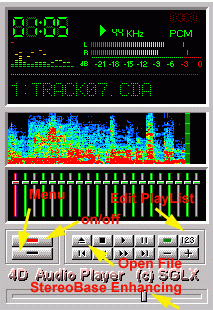

Reversibility is a conserved hallmark of quiescent cells and is required for proper stem-cell niche maintenance, T-cell activation, and wound healing in metazoans ( Cheung and Rando, 2013 Chapman et al., 2020). However, the role of chromatin regulation upon exit from quiescence is unknown. Together, these features of quiescent cells point to a critical role for chromatin regulation of the quiescent state. These events happen alongside a global narrowing of nucleosome-depleted regions (NDRs) and increased resistance to micrococcal nuclease (MNase) digestion, indicating a repressive chromatin environment ( McKnight et al., 2015). A major hallmark of quiescence is the chromatin landscape – vast histone de-acetylation and chromatin compaction occur during quiescence entry ( McKnight et al., 2015 Young et al., 2017 Swygert et al., 2019). Notwithstanding this so-called ‘dormant state’, quiescent cells can exit quiescence and re-enter the mitotic cell-cycle in response to growth cues or environmental stimuli, which distinguishes quiescence from other G 0 states. The quiescent state provides advantages to organisms: quiescence allows cells to remain dormant for long periods of time to survive harsh conditions or to prevent over-proliferation ( Rittershaus et al., 2013 Cheung and Rando, 2013 Tümpel and Rudolph, 2019 Sagot and Laporte, 2019). Non-proliferating cells reside in a G 0 state, which generally means that these cells are either terminally differentiated, senescent, or quiescent. Indeed, the majority of ‘healthy’ cells on earth are not sustained in a persistently dividing state ( Rittershaus et al., 2013). Furthermore, many cell populations in multicellular organisms, such as in humans, are not actively dividing ( Sagot and Laporte, 2019 Rittershaus et al., 2013 Cheung and Rando, 2013). Log phase, however, is not a common growth stage in unicellular organism lifecycles. Introductionįor decades, scientists have used budding yeast to uncover mechanisms of chromatin regulation of gene expression, and the vast majority of these studies were performed in exponentially growing (hereafter log) cultures ( Rando and Winston, 2012). Together, these results uncovered multiple mechanisms by which RSC facilitates initiation and maintenance of large-scale, rapid gene expression despite a globally repressive chromatin state. These phenomena were due to a combination of highly robust Pol II transcription and severe chromatin defects in the promoter regions and gene bodies. RSC depletion caused severe quiescence exit defects: a global decrease in RNA polymerase II (Pol II) loading, Pol II accumulation at transcription start sites, initiation from ectopic upstream loci, and aberrant antisense transcription.

During quiescence, the chromatin-remodeling enzyme RSC was already bound to the genes induced upon quiescence exit. Here we report robust, widespread transcription within the first minutes of quiescence exit. How transcription activates upon cell-cycle re-entry is undefined. Necessary for long-term survival, quiescent chromatin is compact, hypoacetylated, and transcriptionally inactive. Quiescence is a reversible G 0 state essential for differentiation, regeneration, stem-cell renewal, and immune cell activation.


 0 kommentar(er)
0 kommentar(er)
